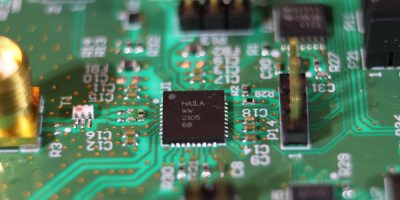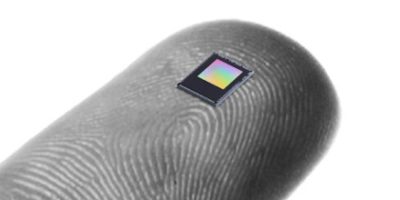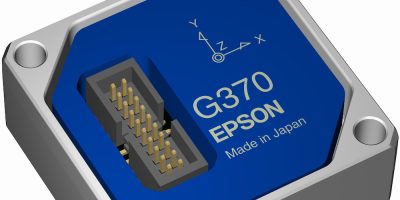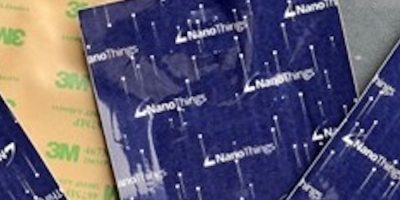HaiLa Technologies has announced the availability of the BSC2000 RF evaluation chip development and demonstration kits. Presto Engineering successfully collaborated with HaiLa to develop the first complete analog and digital implementation of HaiLa’s passive backscatter technology adapted to Wi-Fi RF bands.
Supporting an SPI interface, the chip brings seamless connectivity to a wide range of IoT devices, such as multi-channel temperature and humidity sensors. The joint partnership to develop the BSC2000 demonstrates the path to extreme-low power in IoT devices used in building, home and industrial automation; consumer electronics and wearables; smart transportation; agriculture; medical; and automotive markets.
“HaiLa is pleased to have collaborated with Presto Engineering on the silicon implementation of the BSC2000, and we’re excited to showcase our technology at CES 2024,” said Derek Kuhn, President and CEO, HaiLa Technologies, Inc. “This is another step forward in our mission to enable sustainable scaling of IoT over existing wireless infrastructures, helping end-users meet their net-zero goals through a massive reduction in battery waste. Presto’s long experience in ultra-low power RFID and NFC allowed HaiLa to complement its team with expert resources embedded into the development process, delivering the completed BSC2000 ASIC as one team.”
According to Cedric Mayor, CEO, Presto Engineering, “We are proud to support HaiLa on a key industry initiative to help reduce carbon footprint of connected objects. This project has shown that pushing the limit of IoT power efficiency is not only possible but a game changer for mitigating the cost and waste of battery usage.” Mayor adds, “With our deep expertise in RF mixed-signal chip design and ultra-low power architectures, we look forward to extending our partnership with HaiLa to jointly address new business opportunities leveraging their unique IP in future projects.”
HaiLa’s passive backscatter foundational technology is protocol-agnostic. As the most common wireless local area network (WLAN) technology in residential, enterprise and industrial environments globally, HaiLa has focused its first adaptation on Wi-Fi as a key infrastructure enabler for IoT deployments.







